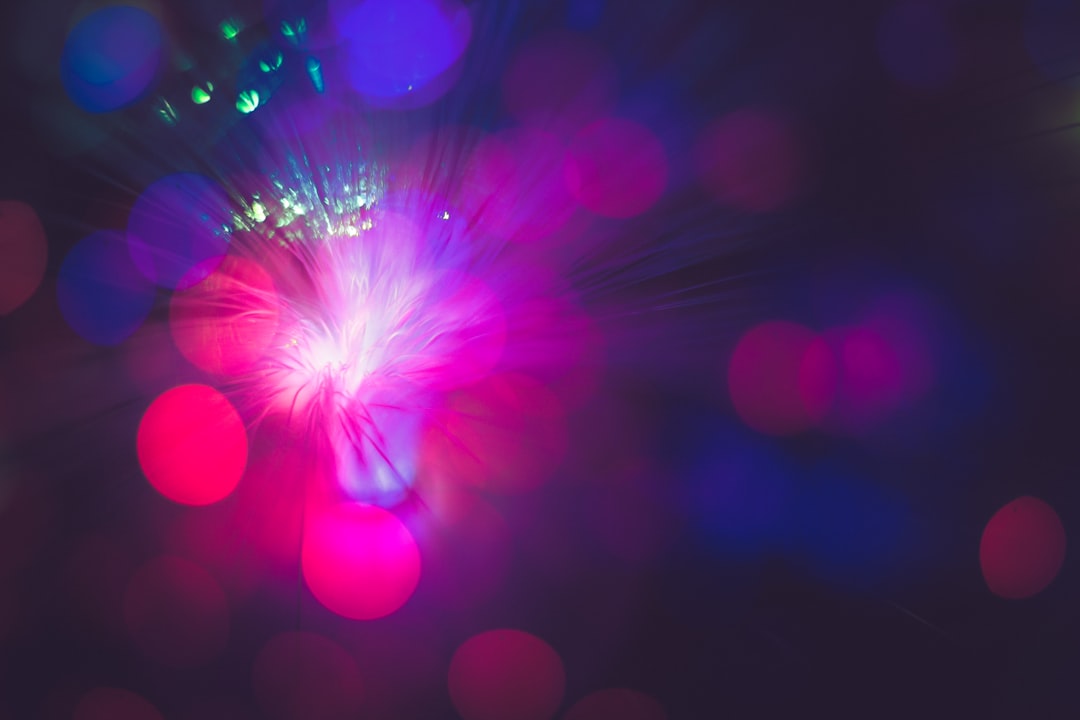What is it about?
Why has Marie Curie chosen, in 1897, to undertake a PhD thesis on "uranic rays" ? One of the main reasons for this is linked to electrostatics. Marie has at her disposal a very precise - though delicate- instrumentation, able to quantify very small amounts of electricity. This instrumentation, developed by his husband Pierre and his brother Jacques, is a byproduct of their discovery of piezoelectricity in the 1880s. A metallized quartz lamella is able to deliver a precise amount of electricity when loaded with a given weight. Using this device with a quadrant electrometer (an apparatus invented by Lord Kelvin), it is possible to measure very precisely, by a compensation method, the amount of electricity flowing through an insulating material. Marie Curie used it to quantify precisely the ionisation of the air produced by a given quantity of uranium salts and other materials. Using this technique, she very soon proved that some uranium salts (like pitchblend) had a very intense emission, more than pure uranium. This was the beginning of a very difficult and also nowadays very famous track of an hypothetic unknown material. After a few months of hard work, Marie discovered a new element she called polonium. And, a few months later, a discovery that very soon shaked the world: radium.
Featured Image

Photo by Vedrana Filipović on Unsplash
Why is it important?
In this paper, we show the importance for Marie Curie to have had at her disposal an operational instrumentation. We describe also a modern reconstitution of Marie Curie measurement experiment, and our participation in this reconstitution. This is also necessary in order to understand the everyday life in the laboratory, and to be able to decrypt an extraordinary material left from this epic: Marie Curie laboratory notebooks.
Perspectives
This work is part of a modern tendency in history of science, which tries to establish what the scientists themselves tend to underestimate: the influence of the material factors in their personal choices.
Philippe Molinié
Laboratoire de Génie Electrique et Electronique de Paris - GeePs
Read the Original
This page is a summary of: Mastering picocoulombs in the 1890s: The Curies’ quartz–electrometer instrumentation, and how it shaped early radioactivity history, Journal of Electrostatics, May 2009, Elsevier,
DOI: 10.1016/j.elstat.2009.01.031.
You can read the full text:
Contributors
The following have contributed to this page










